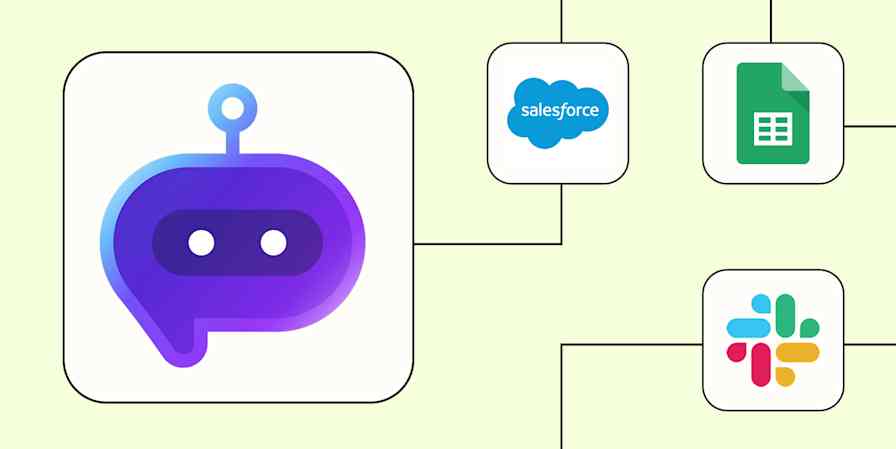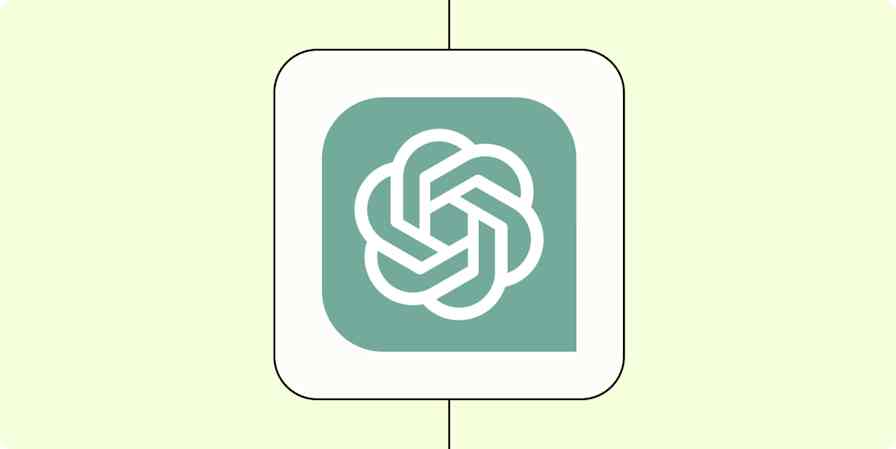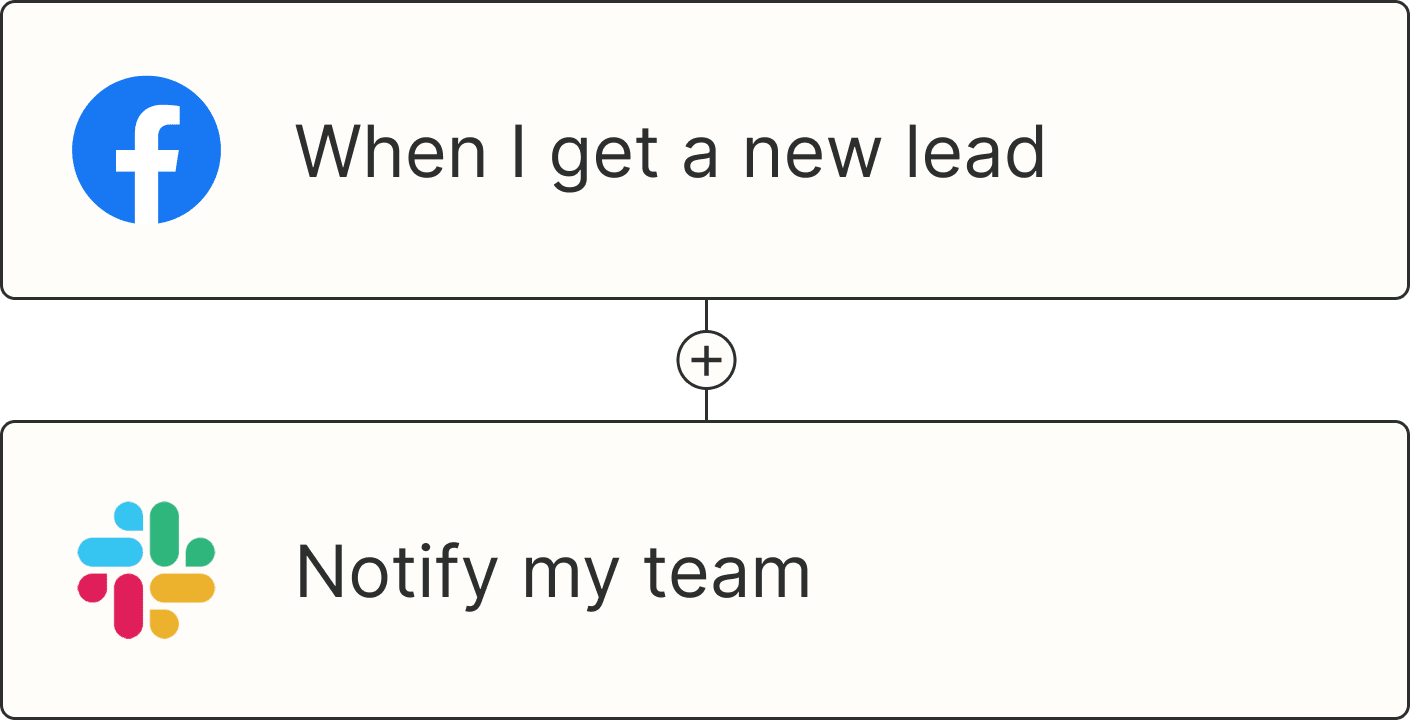When Angela Ferrante founded Laudable, she had no product, no website, no engineering team.
But she did have a vision: to help businesses create powerful social proof with their customers in a simple way. She just needed to figure out a way to whip that idea into a working business quickly.
Instead of hiring a team or custom-building software, Angela started with Zapier.
About Laudable:
Company size: 1-10 employees
Industry: SaaS
Location: San Francisco, California
Laudable's results, by the numbers:
240+ Zaps power core business functions from onboarding to product prototyping.
Achieved the work of 1-2 full-time engineers by prototyping features with Zapier instead of code.
Automated 100% of onboarding follow-ups, improving personalization and customer retention.
Automation from day zero
While building Laudable, Angela initially set her sights on simplifying a single process: recording customer video testimonials remotely. Her first hurdle was figuring out how her customers would have their users sign up for the process.
With no technical background, Angela built her first Zap.
"The very first version of the product was a giant Zap that automated the signup process," says Angela. The Zap connected Calendly, Typeform, and Airtable to automatically organize interview signups and notifications. That first automation became the foundation of Laudable's operations. And her team continued to iterate on it, creating more complex versions as their needs grew.
"Zapier really was our first product before we had anything," Angela explained.
As the business grew and the core product changed, so did the emphasis on automation. Today, more than 240 Zaps run every part of Laudable, from internal operations to product development.
Turning onboarding calls into personalized customer journeys
One of the more difficult parts of building a business, especially with a small team, is providing high-quality customer experiences. But Angela wasn't going to let that get in the way.
Instead, she combined automation and AI to create a more personalized onboarding experience for her customers:
Gong: Every Laudable customer begins their journey with a kickoff call, which is recorded in Gong. This new meeting recording triggers a Zap.
ChatGPT: AI pulls key details from the call, like pain points, goals, and use cases.
Slack: Personalized follow-up messages are generated with AI and delivered directly into the Slack channel shared with each customer. Follow-ups are scheduled at 30 and 60 days, referencing the customer's original goals.
"We've heard that customers really feel like we remember what matters to them," Angela said. "It's not just a generic onboarding email—it's a tailored journey."
This Zap has allowed Laudable to avoid hiring another full-time employee. It's also let Angela take a step back from customer onboarding. As every founder knows, that's key to freeing up her time to focus on the critical tasks only she can do.
Creating custom solutions without code
With a lean engineering team (just two developers), Angela needed a way to test new ideas without sacrificing dev time. One customer requested a feature that involved ingesting custom Salesforce data to surface impactful customer quotes. Angela's solution? A massive, 46-step Zap.
The Zap is triggered when customer success reps at the user's company log key outcomes in Salesforce. It then uses API calls to Laudable to surface relevant quotes tied to outcomes set by the customer. It's all done within seconds to minutes.
"I thought we'd need to custom-build this. Instead, I built it all in Zapier using API calls and webhooks," she explains. "And it's still running today."
Building no-code solutions like this enables Laudable to stay agile and save the equivalent of up to two full-time engineering salaries.
A business powered by automation
"We are Zapier-native as a company," said Angela. "Our company is really built on Zapier."
Today, Zapier powers three core areas of the business:
Internal operations: From managing projects to onboarding new customers, Zapier acts as Laudable's "chief of staff," reducing the need for additional hires. "We do all sorts of things for our internal teams and move things behind the scenes with automation," Angela said.
Sales and marketing: Laudable relies on Zapier for "all things growth," taking on the project management role to repurpose content and streamline content creation.
Product prototyping: Instead of using precious engineering resources to build every feature, Laudable tests new ideas with automation first, ensuring customer demand before committing to development. And sometimes, they keep those features built on Zapier.
"When working on something, we always ask: Can we eliminate it? Can we automate it? If no, then we delegate. That's our system."
With the help of automation, Laudable operates with a small team of just four employees—yet functions like a company far beyond that size.
"Zapier makes me feel like I'm on an e-bike," Angela said. "When you tap the pedal the tiniest bit, you zoom forward. Zapier lets us feel like we can do more with very little effort and the possibilities are endless."










